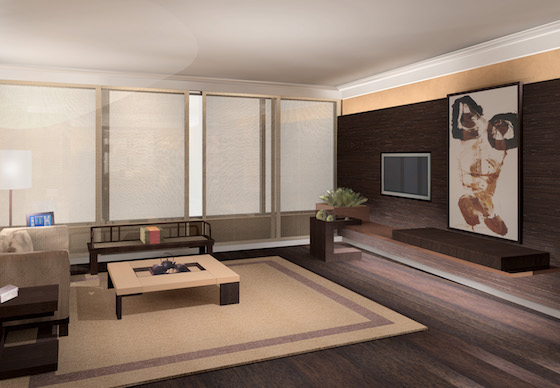(Photo-realistic renderings are great, but they also cement the design very early on in the process, which can be limiting, write Ed Ng and Terence Ngan, co-founders and principals of luxury design firm AB Concept)
Now that all the Chinese New Year celebrations are behind us, I am ready for all the exciting things that the Year of the Dog will bring.
Well-rested and energized again, the holidays were very much needed as the weeks leading up to the big Lunar New Year break were hectic as ever. Traditionally, it’s that time of year where all of our Chinese and Hong Kong clients try to wrap up presentations, meetings and decisions before taking off to – depending on whom you ask – see their families, stay home and do nothing or get ready for a trip to Europe.
So, needless to say, everyone in our studio has been extremely busy in keeping everyone happy and ensuring that all the high expectations are met. However, one team in our studio I would like to highlight is the very talented group of people behind all of our incredibly photo-realistic renderings. The latest technologies really make us blink twice these days, whether it’s a real-life photograph or something computer-generated. This makes high-quality renderings and perspectives very attractive for our clients. It has become so easy for them to visualize the design. It truly is “what you see is what you get,” from the exact color of the walls, the materials of the door knobs to the fine details of the ceiling finishes.

Turning the process upside-down
Hence, it’s understandable that clients are always asking to see “the design” at the early stage of the project. Basically, they are asking for life-like renderings of photo quality. This is almost turning the whole design process upside-down, whereas the end result is already required at the very beginning of the design process.
It’s such a stark contrast from 25 years ago, when my design career was still young (and so was I) and things like CAD and 3-D perspectives were still in their baby shoes. A lot more time would be spent with the client on truly designing.
